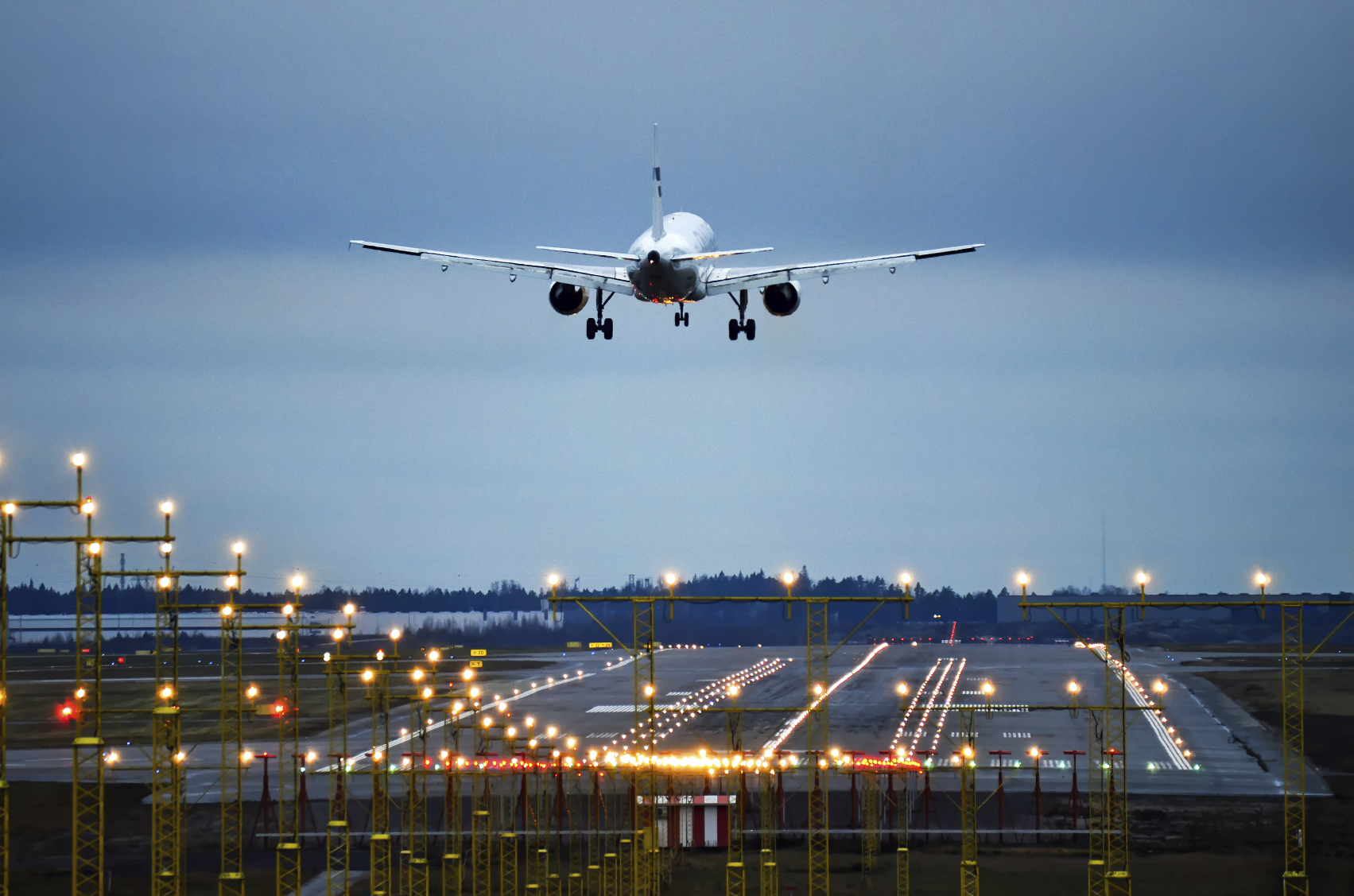
The Sunday Post has learned an eagerly anticipated 50% reduction in Air Passenger Duty will take up to three years to implement.
The move has put SNP ministers on a collision course with the airline industry as insiders have claimed they were expecting the cut to happen in 2018, when Holyrood assumes control of the levy.
However, the Scottish Government plans to phase in the tax cut, with the reduction in full not due for take-off until 2021.
The SNP plan to cut the hated “tourism tax” could save families hundreds of pounds on the cost of a holiday and bring in an estimated one million passengers to the country every year.
However, Gordon Dewar, chief executive of Edinburgh Airport, warned: “A piecemeal approach by the Scottish Government will not attract airlines.
“Nor will it deliver the growth that Scotland’s main airports and people across the country were looking forward to – and which only a 50% cut in year one would have delivered.”
Mr Dewar, along with the bosses of Glasgow and Aberdeen airports, last week wrote to Nicola Sturgeon to warn phasing in the cut would jeopardise the estimated £1 billion boost to Scotland’s’ economy from the tax cut.
It is understood the 50% cut makes a significant number of overseas routes, which would never previously have been considered, more viable for airlines.
Ryanair, easyJet and Flybe have all promised new routes and more flights to popular hotspots when the tax cut happens.
A spokeswoman for easyJet said: “The biggest impact to the Scottish economy and benefit to Scottish passengers would be if the tax were to be reduced by 50% in one step rather than over a number of years.
“It’s important the tax is applied in a fair and consistent way across all routes to ensure all Scottish passengers benefit.”
Because APD is levied on “departures”, passengers are often unfairly penalised if they have to change flights elsewhere in the UK, with the levy adding around £50 to the cost of a trip to Spain for a family of four or £275 for a holiday in Florida.
However, the tax raises more than £250 million a year from Scotland and it is thought SNP ministers want to taper the cut to lessen the immediate impact on their budget.
The Greens are against the cut on environmental grounds and Labour want to keep APD at the same rate and use the cash on public services.
A Scottish Government spokeswoman said: “UK APD has been the most expensive tax of its kind in Europe and continues to act as a barrier to Scotland’s ability to secure new direct air routes and maintain existing ones.
“Our planned 50% reduction in APD will begin in April 2018 and be delivered in full by the end of the next Scottish Parliament, expected to be in 2021.
“We will also abolish the tax when public finances permit.”

Enjoy the convenience of having The Sunday Post delivered as a digital ePaper straight to your smartphone, tablet or computer.
Subscribe for only £5.49 a month and enjoy all the benefits of the printed paper as a digital replica.
Subscribe